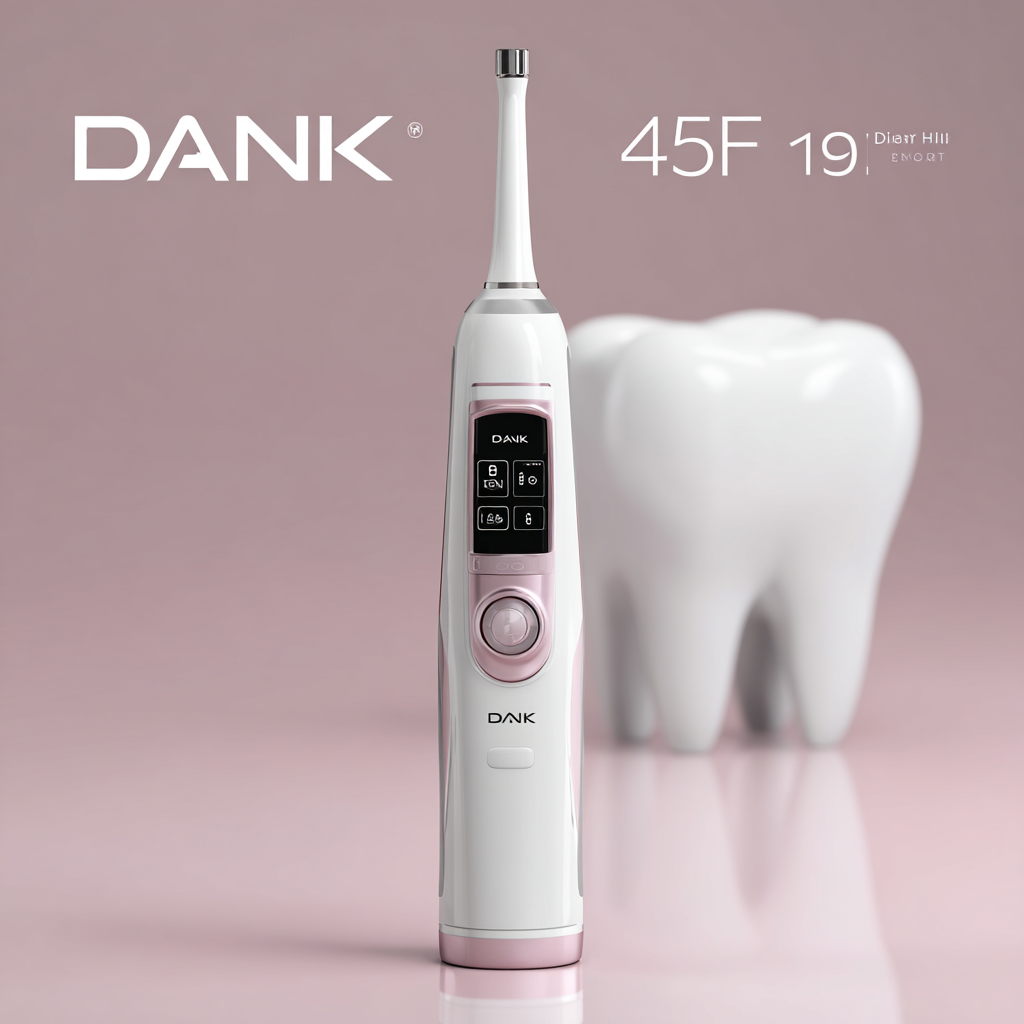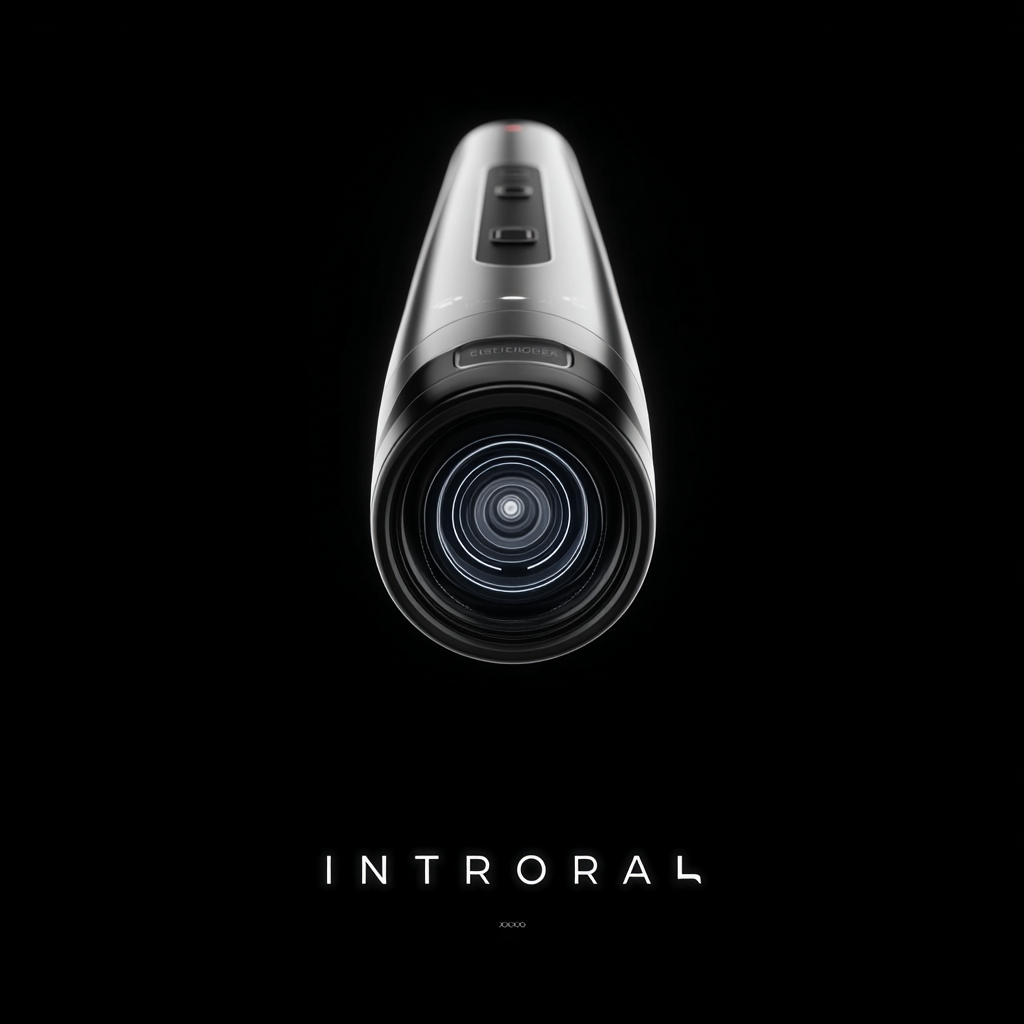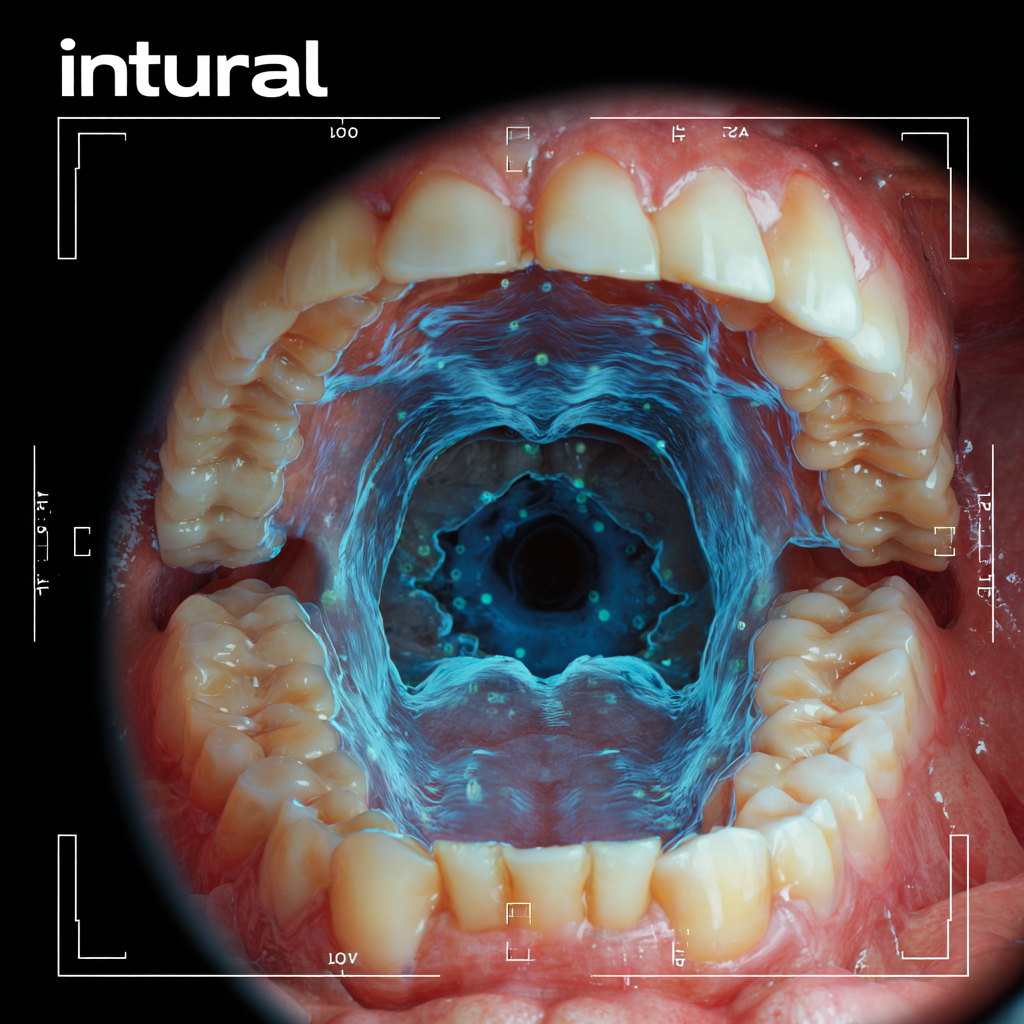What Makes the Best Intraoral Scanner a Game Changer in Modern Dentistry?
The advent of intraoral scanners has revolutionized modern dentistry, transforming traditional workflows and enhancing patient experiences. According to a report by MarketsandMarkets, the intraoral scanner market is projected to grow from $258 million in 2020 to $764 million by 2025, reflecting a compound annual growth rate of 24.2%. This surge is driven by the demand for digital dentistry solutions that improve accuracy, efficiency, and patient satisfaction. Intraoral scanners eliminate the discomfort associated with traditional impression techniques, offering a seamless and more precise alternative. Moreover, they enable real-time visualization, facilitating better communication between practitioners and patients while streamlining the design and production of dental restorations. This blog will explore the various types of intraoral scanners, their unique features and applications, and provide insights on how to select the best device for your practice, ultimately highlighting why these tools are game changers in the field of dentistry.

Key Features of Cutting-Edge Intraoral Scanners Transforming Dental Practices
In the rapidly evolving field of dentistry, the integration of cutting-edge intraoral scanners is revolutionizing patient care and clinical outcomes. These advanced devices streamline the impression-taking process, eliminating the need for traditional molds that often cause discomfort. Modern intraoral scanners are equipped with high-resolution imaging capabilities that capture detailed 3D representations of the oral cavity, allowing dentists to diagnose and plan treatments with unparalleled precision. The ease of use and rapid data acquisition facilitate smoother workflows, enhancing both the patient experience and practice efficiency.

Beyond just imaging, these scanners boast features such as wireless connectivity and cloud storage, which enable seamless data sharing among dental professionals. This connectivity fosters collaborative treatment planning and enhances communication with dental labs, reducing turnaround times for restorations. Additionally, many cutting-edge intraoral scanners incorporate AI-driven software that aids in identifying potential issues, offering a proactive approach to patient care. As dental technology continues to advance, these scanners are proving to be invaluable tools that not only improve accuracy but also transform the overall dynamics of dental practices.
The Role of Precision and Speed in Enhancing Patient Experience with Scanners
In modern dentistry, the integration of intraoral scanners has revolutionized the way practitioners interact with their patients. The precision and speed of these advanced devices not only enhance the overall patient experience but also streamline clinical workflows. A high-quality intraoral scanner captures detailed digital impressions in a matter of minutes, eliminating the discomfort associated with traditional methods. This rapid imaging process fosters greater patient engagement, allowing for immediate feedback and more informed discussions about treatment options.
**Tip:** To maximize the benefits of an intraoral scanner, ensure that your team is well-trained in its usage. Regular training sessions can enhance proficiency, leading to quicker scans and improved patient comfort.
Moreover, the accuracy of the scans plays a critical role in both patient trust and the quality of treatment. With precise digital impressions, dentists can create better-fitting restorations, ultimately leading to higher patient satisfaction.
**Tip:** Consider investing in the latest scanner technology that features advanced software capabilities, such as AI-assisted scanning. These tools can help reduce human error and enhance the overall patient experience by providing a smoother, more efficient process.
Comparing Traditional Impression Methods to Modern Intraoral Scanning Solutions
In recent years, the transition from traditional impression methods to modern intraoral scanning solutions has revolutionized the field of dentistry. Traditional impressions often involve the use of messy materials like alginate or polyvinyl siloxane, which can be uncomfortable for patients and may lead to inaccuracies due to issues like bubble formation or incomplete impressions. In contrast, intraoral scanners use advanced digital technology to create highly accurate 3D models of a patient’s teeth and gums within minutes, enhancing both the patient experience and treatment outcomes.
A key tip for dental practices transitioning to intraoral scanning is to invest time in training staff effectively. Familiarize them with the scanner’s functionalities and best practices to ensure smooth operations. Additionally, engaging with patients during the scanning process can help alleviate their anxiety, making the experience more pleasant. Encourage practitioners to showcase the benefits of intraoral scanning to patients, highlighting that it reduces appointment times and enhances precision in dental procedures.

Embracing modern intraoral scanning technology also allows for better integration with other digital solutions in a practice. For instance, consider adopting software that connects seamlessly with dental laboratories for expedited workflows. This integration not only minimizes the chances of error but also improves communication, ultimately providing a more efficient and comprehensive patient experience.
How Advanced Technology in Intraoral Scanners Boosts Treatment Outcomes
In recent years, intraoral scanners have revolutionized the way dental impressions are captured, resulting in improved treatment outcomes across various applications such as orthodontics, prosthodontics, and implantology. By utilizing advanced technology, these devices provide high-resolution, digital 3D impressions of patients' teeth, enabling precise diagnostics and streamlined workflows. The immediate digital feedback allows dental professionals to modify their approaches in real-time, ultimately enhancing patient care and satisfaction.
Tips: When selecting an intraoral scanner, consider its ease of use and integration with existing dental software. A user-friendly interface can significantly speed up the learning curve for dental staff, while compatibility with other digital tools can facilitate a seamless workflow. Additionally, ensure the scanner you choose offers high-quality imaging, as this is crucial for accurate restorations and effective treatment planning.
The growth of the intraoral scanner market reflects its impact on contemporary dental practices. Reports indicate that the digital dentistry market is projected to experience significant growth, driven by innovations in scanner technology. As these tools continue to evolve, dentists must stay informed about the latest advancements to harness their full potential for enhancing patient treatment outcomes. Investing in state-of-the-art scanning technology can not only improve clinical efficiency but also position practices at the forefront of modern dentistry.
The Future of Dentistry: What Intraoral Scanners Mean for Patient Care and Practice Efficiency
Intraoral scanners are rapidly transforming the landscape of modern dentistry, paving the way for enhanced patient care and practice efficiency. With the intraoral 3D scanning market valued at approximately $1.22 billion in 2023 and projected to reach about $1.31 billion in 2024, this technology is clearly gaining traction. By 2032, the market is expected to grow to an impressive $2.30 billion, indicating a robust demand driven by the adoption of digital solutions in dentistry.
The advancements in intraoral scanning technology have not only streamlined the processes for dental professionals but also significantly improved the patient experience. Scanners enable quicker, more accurate impressions, reducing discomfort and time spent in the chair. As healthcare practices embrace these innovations, they are poised to enhance diagnostic capabilities and treatment planning, ultimately leading to superior outcomes for patients. This shift toward digital is not just a trend; it signifies a profound change in how dental care is delivered, emphasizing efficiency, accuracy, and improved patient interaction.
Impact of Intraoral Scanners on Dentistry Practices
This bar chart illustrates the improvements in patient care and practice efficiency after the adoption of intraoral scanners in dental practices.
